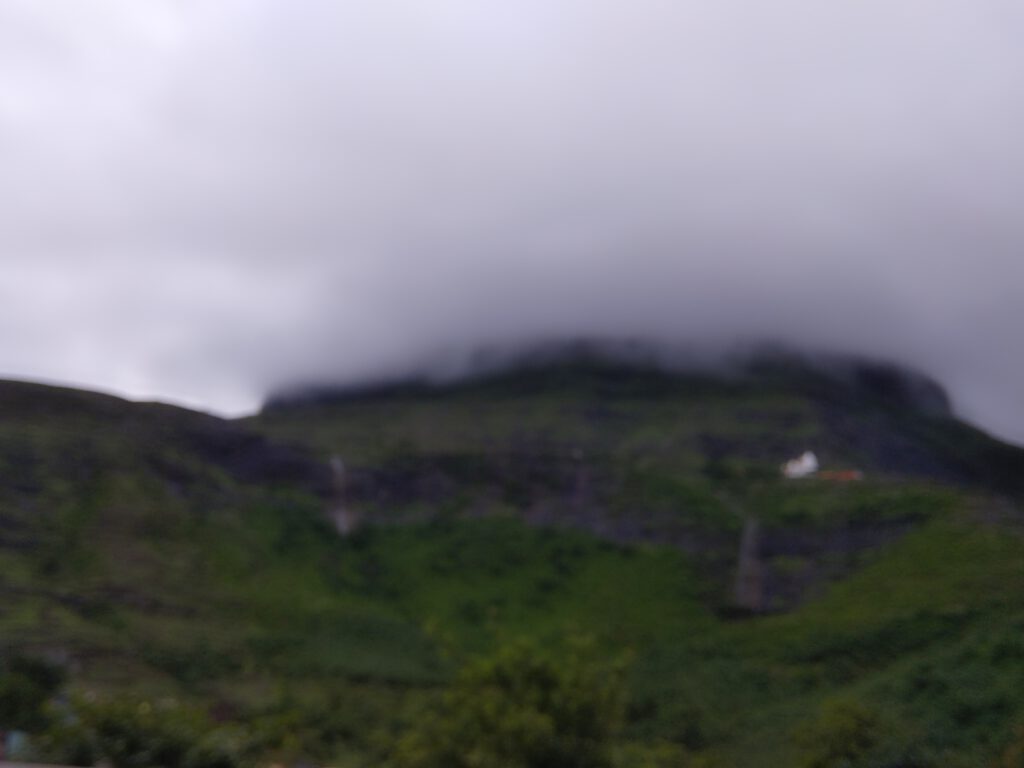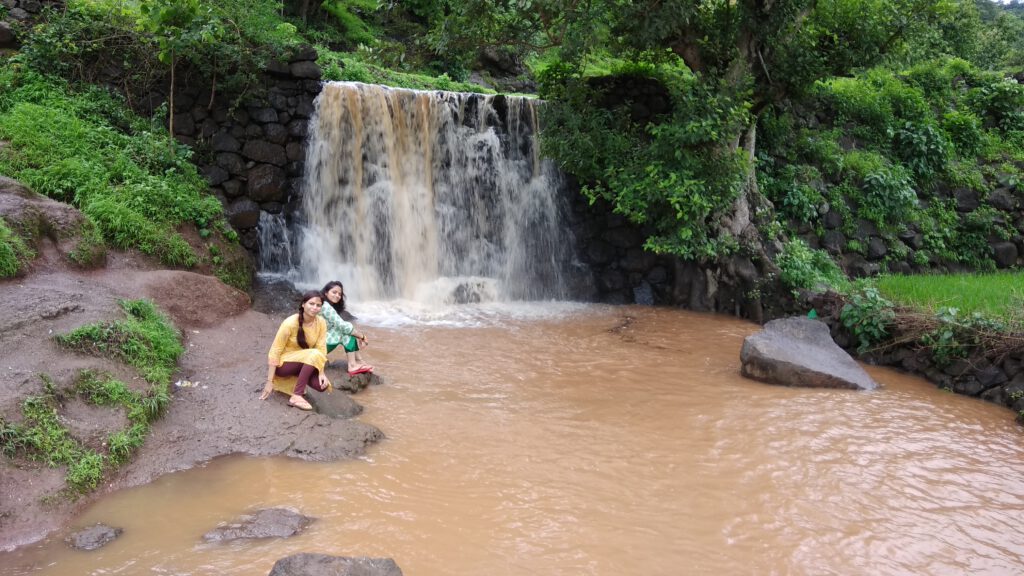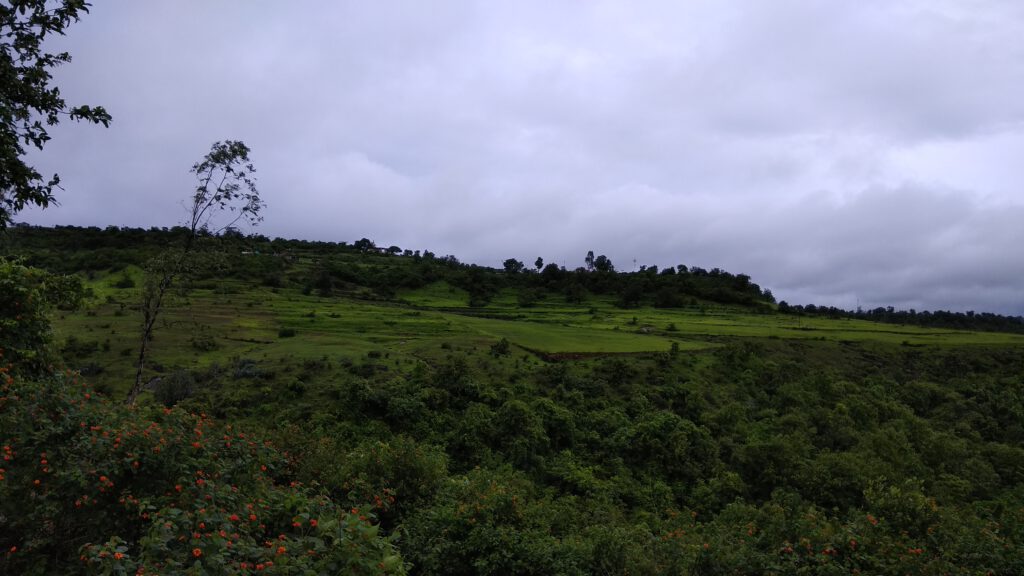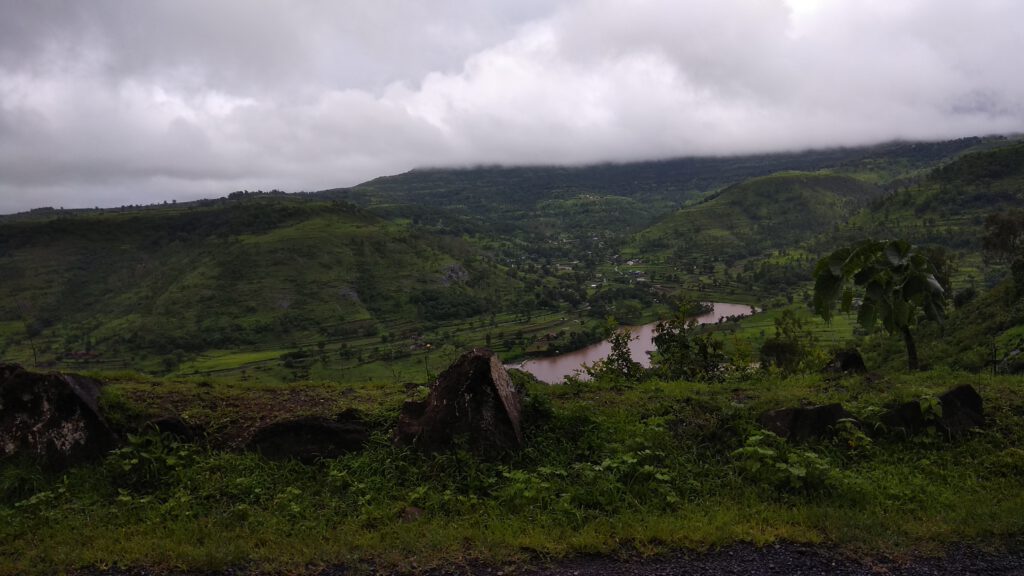Bhimashankar – It is among one of the twelve traditional ‘Jyotilingam’ shrines of Lord Shiva in India. Bhimashankar is located in the village Bhorgiri in the ghat region of the Sahyadri range. Situated at an height of around 3,250 feet, Bhimashankar is surrounded by hills and is covered by thick green rainforests.
The Bhimashankar Jyotirlinga Temple holds profound spiritual significance for Hindus and devotees of Lord Shiva. It is regarded as one of the 12 Jyotirlingas, which are believed to be self-manifested representations of Lord Shiva’s divine form.
Legend has it that the name Bhimashankar was originated from the river Bhima which evaporated due to the generated between the war of Lord Shiva and the demon Tripurasura. Bhimashankar is also a popular destination for trekkers.
Ideally, you would not need more than one or two days for a trip to Bhimashankar.
With a maximum of 30°C and a minimum of 13°C, Bhimashankar is a delight in the winter months from October to February. The sky is clear, there is excellent visibility, and the weather is perfect for outdoor activities. A visit to this sanctuary in winter is sure to be exciting for the entire family.
Highlights of Architecture
Main Temple: The Shivalinga, which is thought to be Swayambhu (self-manifested), is kept in the sanctum sanctorum.
Mandapa (Hall): Devotees assemble in this large hall of the temple to offer prayers.
Hemadpanthi Architecture: The building’s elaborate carvings and sculptures showcase the traditional Hemadpanthi style.


Nearby Attractions
Hanuman Lake: Hanuman Lake is a calm location perfect for leisurely strolls and picnics.
Gupt Bhimashankar: A secret Shivalinga in the middle of thick woodland that provides an exceptional hiking experience.
Bhimashankar Wildlife Sanctuary: Several types of plants and animals can be found in the Bhimashankar Wildlife Sanctuary, including the critically endangered Indian Giant Squirrel (Shekaru).
Best Time to Visit
The months of October through February are the ideal times to visit Bhimashankar Jyotirlinga. The good weather throughout these months is perfect for pilgrimages and visiting the surrounding natural splendor.
June to September is Monsoon Season: This time of year brings a lot of rain to the area, which makes for gorgeous scenery with waterfalls and lush flora. However, because of slick roads and potential obstacles, traveling can be difficult.
Winter Season (October to February): With temperatures ranging from 10°C to 25°C, this period of time offers pleasant weather for travel and spiritual pursuits.
Summer Season: March through May: This is the least ideal time to go due to the possibility of hot, muggy weather with highs of up to 35°C.

Travel Tips
Footwear: If you’re traveling during or after the monsoon season, make sure you wear cozy, non-slip shoes.
Clothes: It is advised to enter the temple in modest clothing. Wintertime brings with it some very low temperatures, so dress warmly.
Trekking Equipment: Bring the necessary equipment and necessities, such as water, snacks, and a first aid kit, if you intend to explore Gupt Bhimashankar or the surrounding trekking trails.
Accommodations: Due to the limited number of rooms, book your stay in advance, particularly during busy seasons or during festivals.


